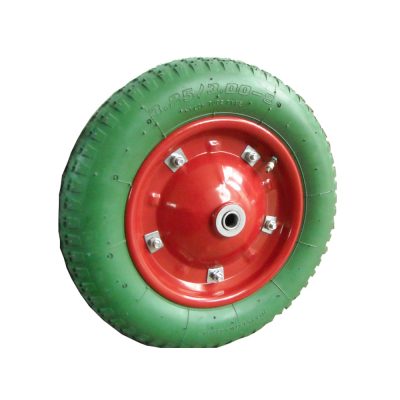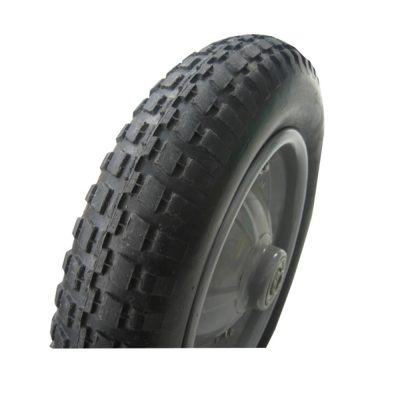“Efficiency on wheels” embodies the vision of the future of industrial trolleys—a vision where these tools are not just functional, but optimized to the highest degree in terms of performance, sustainability, technology integration, and adaptability. The future of industrial trolleys is likely to be shaped by several key trends:
- Smart and Connected Trolleys: Industrial trolleys equipped with sensors, IoT (Internet of Things) connectivity, and data analytics capabilities will enable real-time tracking of inventory, performance metrics, and usage patterns. This data-driven approach can lead to better decision-making and optimized workflows.
- Autonomous Trolleys: The future might bring autonomous or semi-autonomous trolleys that can navigate predetermined routes within a warehouse or facility, reducing the need for manual pushing and pulling. These trolleys could use advanced obstacle detection and avoidance systems to ensure safety.
- Energy Efficiency and Sustainability: Future industrial trolleys are likely to be powered by efficient electric systems, potentially incorporating renewable energy sources for charging. This will align with sustainability goals, reduce emissions, and lower operational costs.
- Customization and Adaptability: Trolleys that can be easily reconfigured or customized based on specific tasks and load requirements will become more common. Adjustable components, modular designs, and interchangeable features will allow for versatility in different applications.
- Human-Machine Collaboration: Industrial trolleys might integrate with wearable technologies and augmented reality systems to provide workers with real-time guidance, instructions, and information. This collaboration enhances efficiency and reduces errors.
- Advanced Materials and Lightweight Design: The use of advanced materials such as carbon fiber, composites, and lightweight alloys will contribute to durable yet lightweight trolleys. This will improve maneuverability and ease of use.
- Predictive Maintenance: Sensor-equipped trolleys could monitor their own components and systems for signs of wear and tear. Predictive maintenance systems would alert maintenance teams to perform maintenance before breakdowns occur, minimizing downtime.
- AI-Enhanced Optimization: Artificial intelligence algorithms could analyze data from trolley usage patterns, traffic flows, and inventory demands to optimize routes, schedules, and load distribution for maximum efficiency.
- Ergonomics and User Comfort: Future trolleys will continue to prioritize ergonomic design, integrating features that reduce strain, fatigue, and discomfort during operation.
- Collaborative Robots (Cobots): Trolleys that can work alongside human operators and cobots (collaborative robots) could revolutionize warehouse and manufacturing workflows, enhancing efficiency and safety.
- Rapid Charging and Energy Storage: Innovative charging solutions and energy storage systems will enable quicker charging times and longer operational periods for electric trolleys.
- Adoption of 5G: The rollout of 5G technology could enable seamless communication and real-time data transfer for smart trolleys, enhancing their connectivity and capabilities.
The future of industrial trolleys is indeed exciting, with technology and innovation driving their evolution toward greater efficiency, sustainability, safety, and adaptability. As industries continue to embrace automation, data-driven decision-making, and environmental consciousness, industrial trolleys will play a vital role in shaping the landscape of efficient material handling and logistics.



















